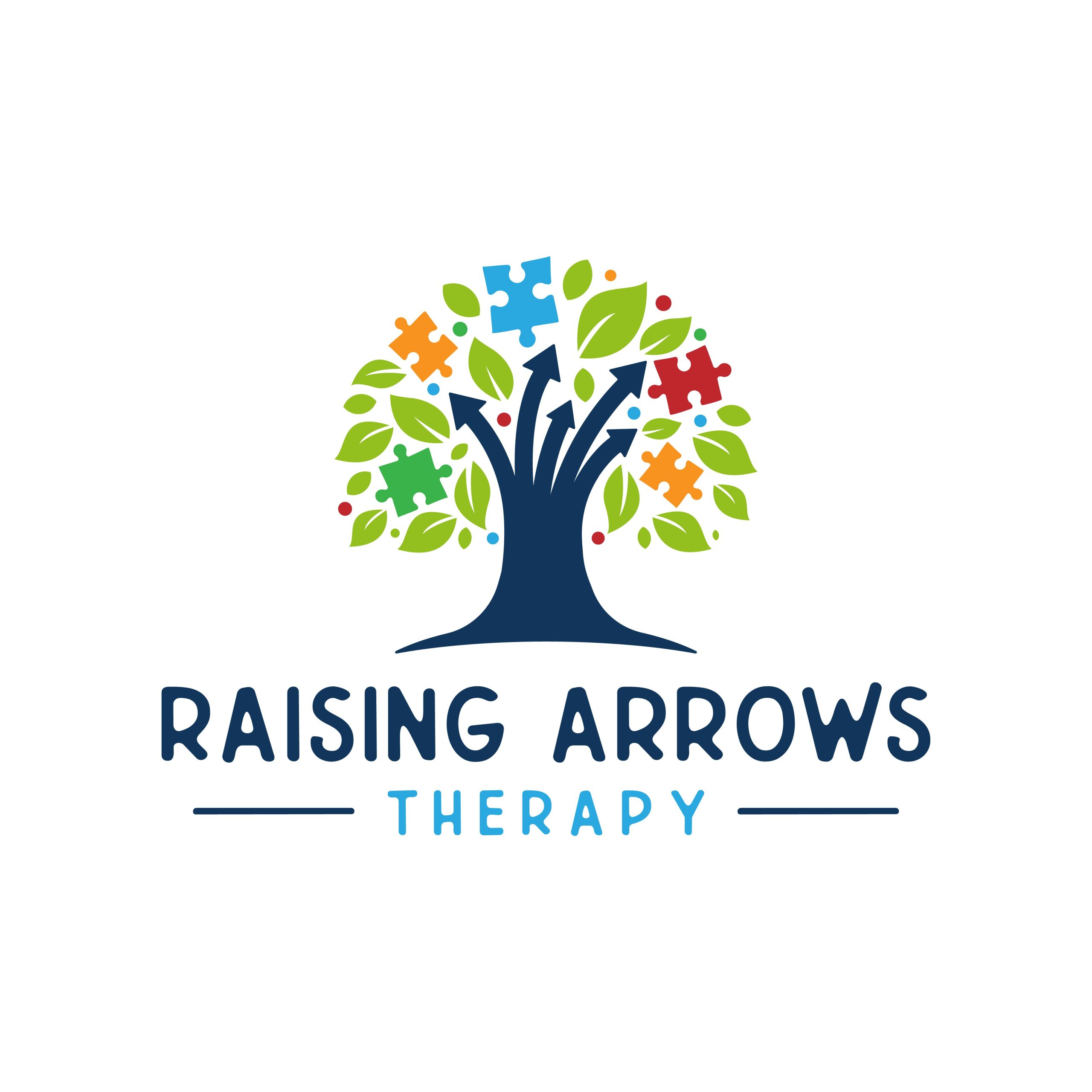
Introduction
Applied Behavior Analysis (ABA) is a scientific approach to understanding and modifying behavior through structured interventions and reinforcement strategies. It is widely recognized as the gold standard in behavioral therapy, particularly for individuals with developmental disorders such as autism spectrum disorder (ASD). ABA is rooted in behavioral psychology, emphasizing the relationship between behavior and the environment while using data-driven techniques to encourage positive behaviors and reduce negative or harmful ones.
ABA therapy is evidence-based, meaning that every intervention is systematically tested, analyzed, and refined to ensure effectiveness. Over the decades, ABA has been proven to improve communication, learning, social skills, and independence in individuals of all ages. Whether used for children with autism, individuals with learning disabilities, or those struggling with behavioral challenges, ABA provides tailored strategies to enhance everyday functioning.

The Background and Foundations of ABA
ABA is based on the principles of behaviorism, which originated in the early 20th century. Behaviorism asserts that all behaviors are learned through interaction with the environment and can therefore be modified through reinforcement and consequences.
One of the pioneers of ABA was B.F. Skinner, a psychologist who introduced the concept of operant conditioning—a technique that modifies behavior through reinforcement. His work laid the foundation for ABA, which was later expanded by researchers like Dr. Ivar Lovaas in the 1960s. Lovaas demonstrated that structured interventions using ABA techniques could significantly improve the skills of children with autism, particularly in language and communication.
Since then, ABA has evolved into a highly structured, research-backed field that helps individuals across a wide range of conditions and challenges. The therapy incorporates positive reinforcement, discrete trial training (DTT), natural environment training (NET), and functional behavior assessments (FBA) to tailor interventions to each person’s unique needs.
Who Needs ABA Therapy?
ABA therapy is primarily known for helping individuals with autism spectrum disorder (ASD), but its applications extend far beyond that. ABA techniques are beneficial for individuals of all ages and backgrounds who struggle with behavioral, developmental, or social challenges.
1. Children and Adults with Autism Spectrum Disorder (ASD)
ABA is the most widely recommended treatment for children and adults diagnosed with autism. It helps individuals with ASD develop:
✔️ Communication and language skills
✔️ Social interaction abilities
✔️ Adaptive behaviors such as toileting, eating, and dressing
✔️ Emotional regulation and coping strategies
ABA is particularly effective for young children when started early, but it also benefits teens and adults with autism by helping them develop life skills and improve independence.
2. Individuals with Developmental and Learning Disabilities
ABA is also used to support individuals with conditions such as:
✔️ Down Syndrome – Helping with cognitive and social development
✔️ Intellectual Disabilities – Teaching self-care, social skills, and independence
✔️ ADHD (Attention Deficit Hyperactivity Disorder) – Managing impulsivity and improving focus
By reinforcing positive behaviors and minimizing distractions, ABA helps individuals with learning challenges navigate academic and daily life more successfully.
3. Individuals with Behavioral Disorders
ABA is highly effective in managing aggressive, self-harming, or disruptive behaviors in individuals with emotional or behavioral disorders. It helps:
✔️ Reduce tantrums and emotional outbursts
✔️ Teach coping mechanisms for anxiety or frustration
✔️ Improve impulse control and emotional regulation
4. People Struggling with Social or Communication Difficulties
Some individuals without diagnosed disabilities still face challenges with social interactions, emotional regulation, or self-discipline. ABA can help improve communication and interpersonal skills, making it valuable for:
✔️ Children with speech delays or pragmatic language disorders
✔️ Adults struggling with social anxiety or difficulty in workplace settings
✔️ Individuals needing anger management or self-regulation strategies
5. Schools, Workplaces, and Rehabilitation Centers
ABA is also used in educational settings, workplace behavior management, and substance abuse rehabilitation programs. Schools use ABA techniques to:
✔️ Improve classroom behavior and focus
✔️ Encourage positive social interactions
✔️ Support children with learning disabilities
In rehabilitation programs, ABA helps individuals replace destructive behaviors (such as substance use) with healthier habits through positive reinforcement strategies.


Why is ABA Therapy So Effective?
ABA’s success is rooted in its scientific, data-driven approach to behavior modification. Below are some key reasons why ABA therapy works so well:
1. Individualized Treatment Plans
One of ABA’s greatest strengths is that it is not a one-size-fits-all approach. Each individual undergoes a thorough assessment before therapy begins, allowing ABA specialists to create customized intervention plans based on the person's unique needs, strengths, and challenges.
For example, a child with ASD who struggles with eye contact and verbal communication will receive different interventions from a child who has difficulty following instructions or sitting still.
2. Use of Positive Reinforcement
ABA reinforces desired behaviors by rewarding individuals when they demonstrate them. Rewards can include:
✔️ Praise ("Great job saying ‘thank you’!")
✔️ Tangible rewards (stickers, tokens, favorite toys)
✔️ Natural reinforcement (allowing a child to play after completing a task)
This approach helps individuals associate positive behaviors with enjoyable outcomes, making them more likely to repeat those behaviors in the future.
3. Data-Driven Decision-Making
ABA therapy relies heavily on data collection and analysis to monitor progress. Therapists continuously track behaviors, improvements, and setbacks, allowing them to make real-time adjustments to intervention plans.
For example, if a child with autism is learning new words, an ABA therapist will track how often the child speaks, what prompts are needed, and whether reinforcement is effective. If needed, the therapist can modify the teaching approach for better results.
4. Focus on Functional Skills
ABA doesn’t just focus on academic learning—it prioritizes real-life, functional skills that improve daily life. These include:
✔️ Daily living skills (brushing teeth, getting dressed)
✔️ Social skills (greetings, maintaining conversations)
✔️ Academic behaviors (staying on task, following instructions)
By teaching skills that improve independence and quality of life, ABA therapy prepares individuals for success at home, school, and in the workplace.
5. Evidence-Based Approach
ABA is one of the most extensively studied and scientifically validated treatment approaches for autism and behavioral challenges. Research has shown that:
✔️ Early intervention with ABA leads to significant gains in IQ, language, and social skills.
✔️ Consistent ABA therapy can improve adaptive behaviors by 80-90%.
✔️ ABA-based classroom strategies help students with learning disabilities excel in mainstream education.
Because of this, ABA is recommended by doctors, psychologists, and education professionals worldwide.
Conclusion
Applied Behavior Analysis (ABA) is a scientific and evidence-based therapy that has helped millions of individuals worldwide improve their behavior, communication, and social skills. Originally developed to support children with autism, ABA has since been used for a wide range of behavioral and developmental challenges—from ADHD and Down syndrome to workplace behavior management.
By focusing on individualized interventions, positive reinforcement, and data-driven decisions, ABA helps individuals achieve greater independence and a higher quality of life. Whether for a young child learning to communicate or an adult striving for better social skills, ABA provides powerful tools to create lasting behavioral change.
For families, educators, and professionals seeking effective behavior therapy, ABA remains the gold standard in the field.


